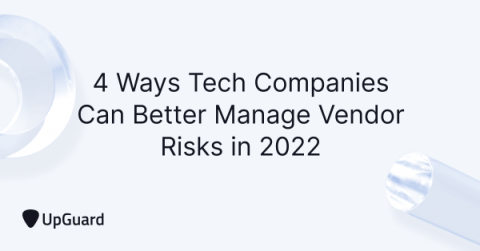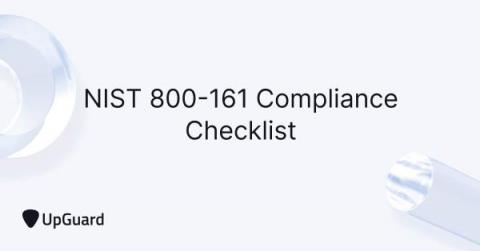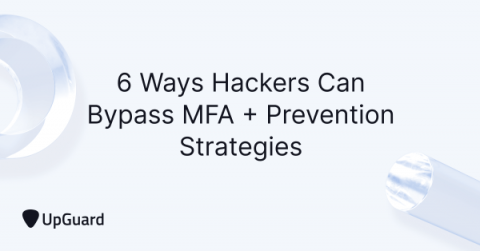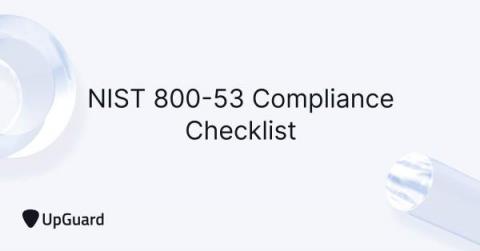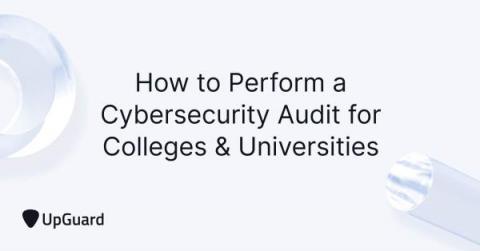What is Cyber Vendor Risk Management? Cyber VRM Explained
Cyber VRM is the practice of identifying, assessing, and remediating the cybersecurity risks of third-party vendors. This involves combining objective, quantifiable data sources like security ratings and data leak detection with subjective qualitative data sources like security questionnaires and other security evidence to get a complete view of your third-party vendors’ security posture. A Cyber VRM solution facilitates this practice.



